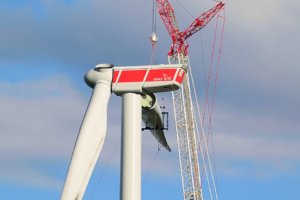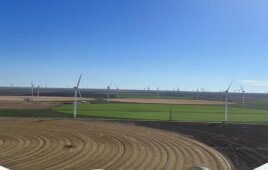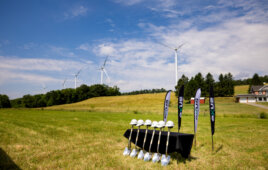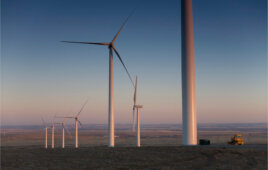Keith Martin, in Washington, Norton Rose Fulbright and Chadbourne & Parke
Wind repowerings are expected to involve as many as 30% of U.S. wind farms by the end of 2020, according to Bloomberg New Energy Finance.

The U.S. offers production tax credits of $24 per MW-hour on the electricity output from new wind turbines. The credits can be claimed for the first 10 years after a new turbine is first put in service.
BNEF estimates that 10,000 MW of U.S. wind turbines are already 10 years old and that another 14,000 megawatts will hit 10 years by the end of 2018.
The U.S. offers production tax credits of $24 per MW-hour on the electricity output from new wind turbines. The credits can be claimed for the first 10 years after a new turbine is first put in service.
If turbines are replaced, 10 years of tax credits can be claimed on the output from the new turbine. A turbine is considered new if at least four times the value of any retained equipment is spent on improvements. Each turbine, pad, and tower is considered a separate facility for this purpose.
Tax credits for wind farms are phasing out. Any project that starts construction this year (2017) would qualify for tax credits at only 80% of the full rate. The IRS looks at the number of turbines that the owner plans to repower and assesses whether that “project” was under construction in time. Then separate tests must be done on each turbine, pad, and tower to assess whether enough work was done on each separate facility to turn it into a new turbine. (For more detail, see “IRS Clarifies Rules for Starting Construction and Repowerings” in the December 2016 NewsWire.)
Some tax equity investors insist that there must be more behind the repowering than an interest solely in qualifying for new tax credits before they will finance such a project.
For more on the topic: https://goo.gl/5jN31w
Filed Under: Repowering



